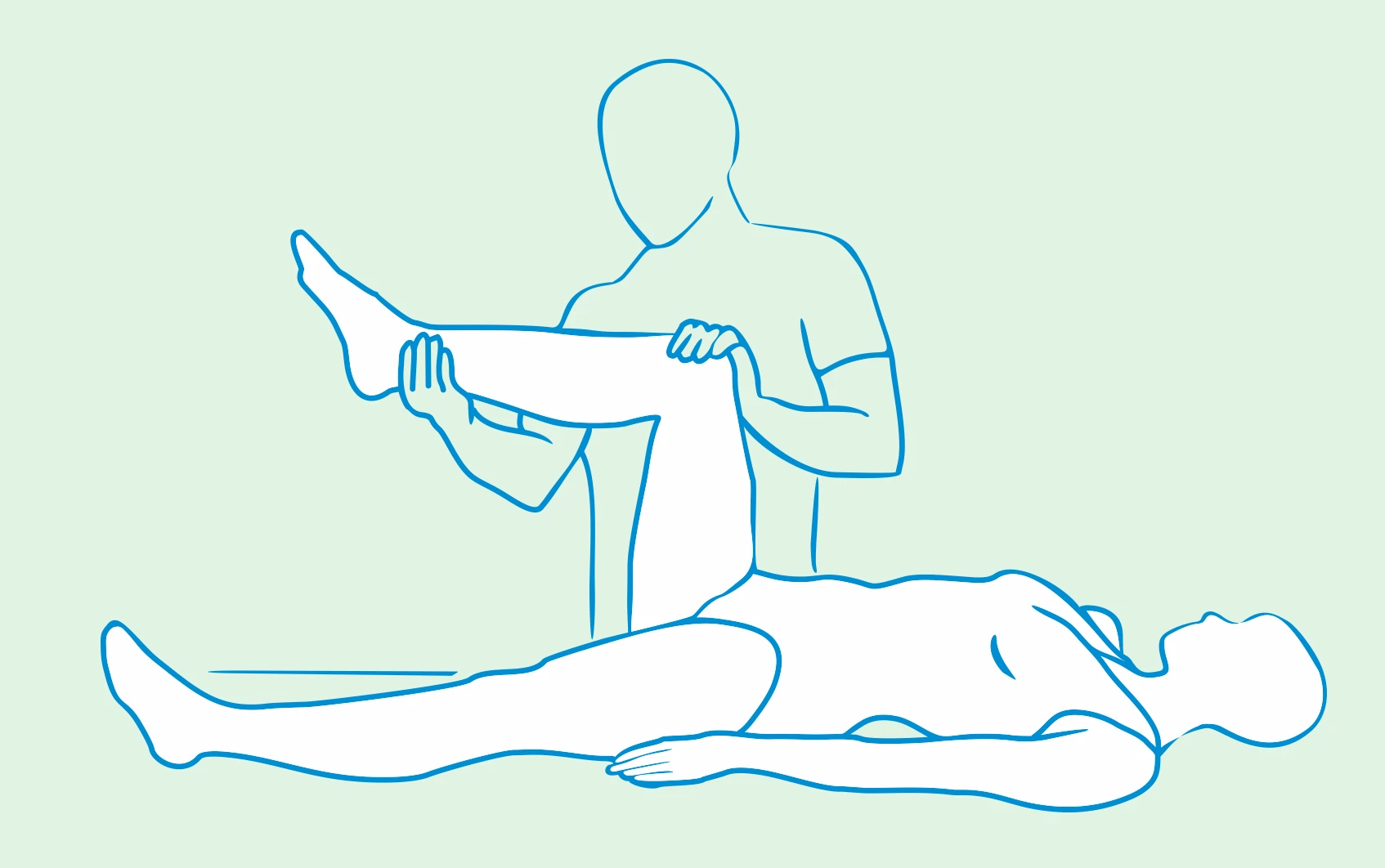To provide services at the highest level, we use cookies. Using the website requires you to choose settings related to their storage on your device. If you want to know what each type of cookie is used for, click the Details button below.
What can Kernig's sign indicate?15 marca 2024 |

Kernig's sign is one of the meningeal signs used in diagnosing meningitis and other neurological conditions. It is characterized by the inability to straighten the leg at the knee when the hip is flexed at a 90-degree angle. If attempting to straighten the leg causes pain and resistance, it is considered a positive Kernig's sign, which may indicate irritation of the meninges.
Brudzinski's sign is another of the meningeal signs that may indicate meningitis. There are various forms of this sign, with the neck sign being the most well-known. It involves involuntary bending of the knees when the patient's head is passively flexed towards the chest. The appearance of this sign may indicate irritation of the meninges, and should not be underestimated.
Meningeal signs, including Kernig's and Brudzinski's signs, are examined by a doctor during a physical examination of the patient. The medical procedure requires the patient to be lying down during the examination. The doctor gently tries to flex the patient's head forward to check for Brudzinski's sign, and also attempts to straighten the leg at the knee with the hip flexed, to assess Kernig's sign. Observing the patient's reaction, especially pain or resistance, is important for diagnosis.
Positive meningeal signs, such as Kernig's sign and Brudzinski's sign, most often indicate meningitis. They can also indicate other neurological conditions in which there is irritation of the meninges, such as subarachnoid hemorrhage. It is important that positive meningeal signs are immediately verified by a doctor, so that appropriate treatment can be started quickly.
For bedridden patients, an ideal choice is a functional mattress with anti-decubitus properties, which helps distribute pressure on the patient's body and prevents the formation of pressure ulcers. An excellent example of this is the Osaka Air mattress, which is designed to perfectly support the body and spine, while providing comfort. For some individuals, the use of special anti-decubitus mats, like the Airflow Mesh 3D, which allows air to circulate freely and is free of memory foam, thus not increasing sweatiness, is indicated.